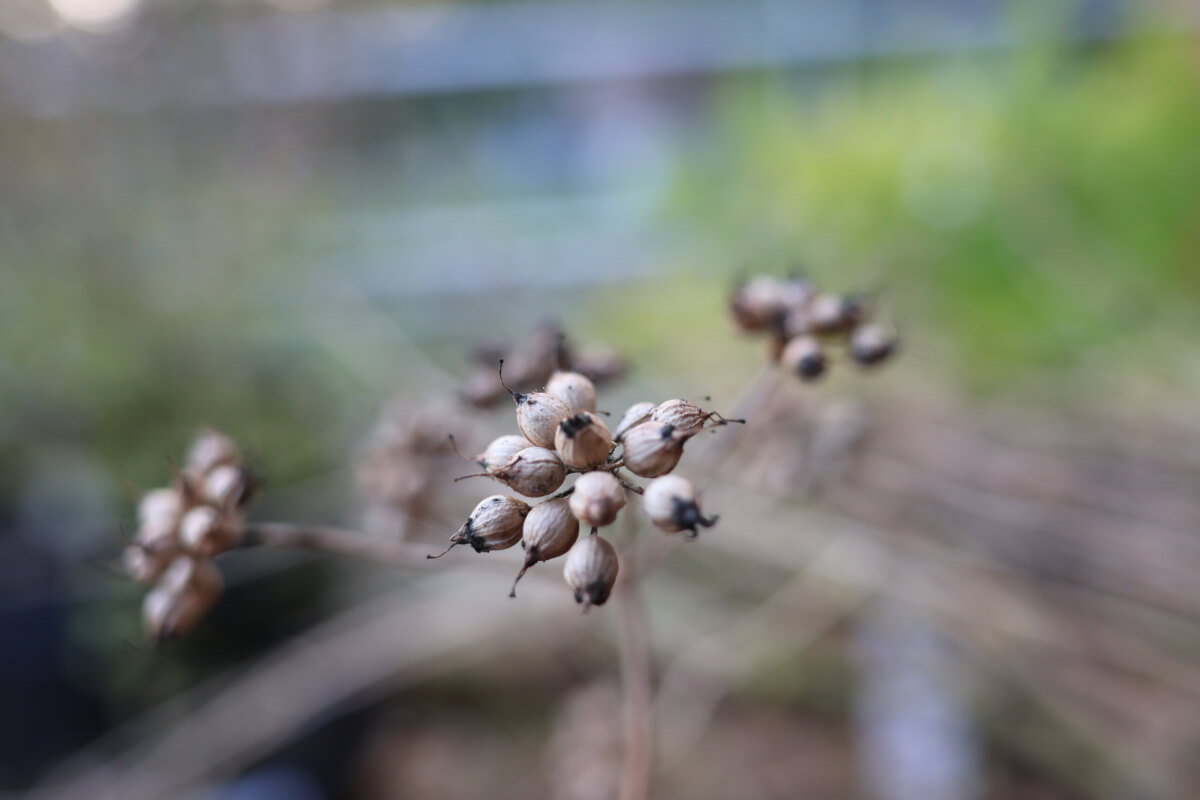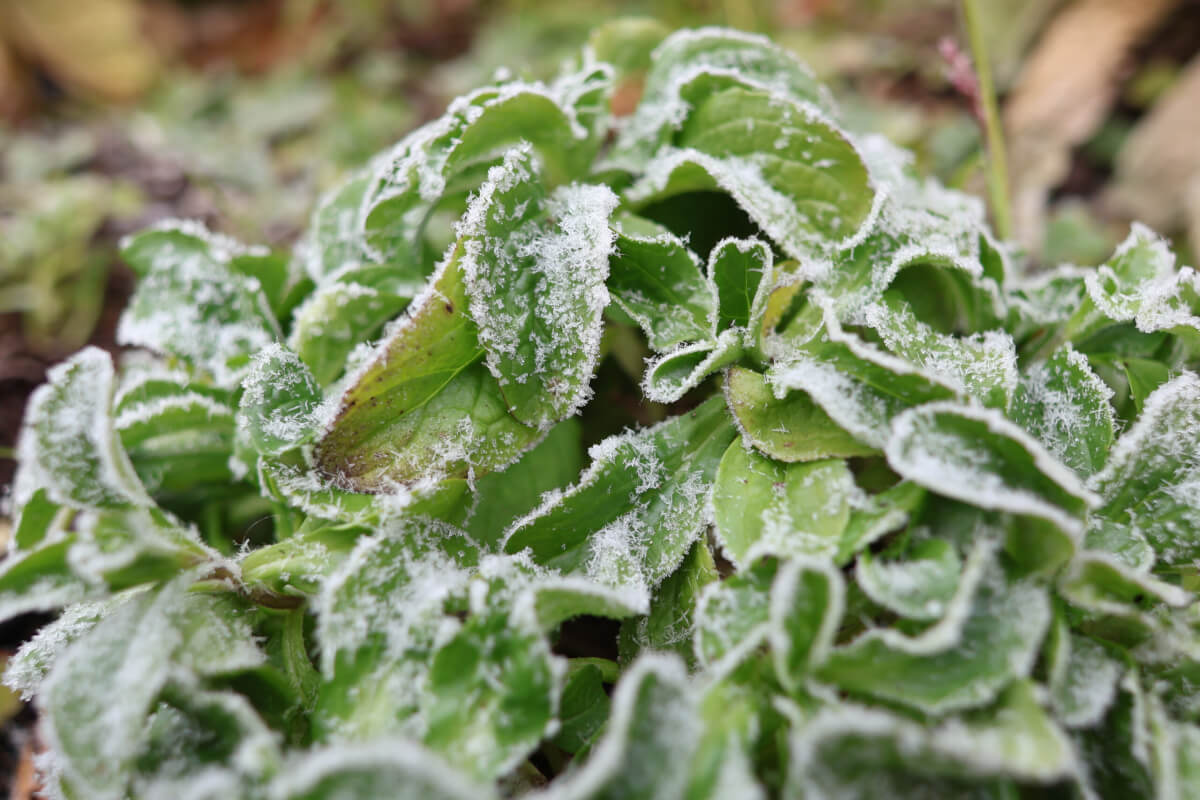Whether you’re a brand new gardener or an experienced one, growing in the subarctic is a bit different than it is at lower latitudes!
We started this site because of those differences. Even we, as practiced cold climate growers, hit some walls when it came to picking up gardening at subarctic latitudes!

We’ve now spent many years talking about and documenting the differences and challenges, hoping to help short cut your learning curve!
This article is intended to be a sort of introduction to the various concepts and techniques we’ve found helpful over the years!
Subarctic Gardening Is And Isn’t Like Other Gardening
We said above that subarctic gardening is different. But, it’s not radically different from any other cold climate gardening!
That said, there are absolutely some differences and nuances that you’ll find at extreme northern latitudes.

From things like permafrost that significantly cool the soil to our extreme light cycles bringing 24 hours of light throughout the summer, these things absolutely have their impacts.
That said, gardening at extreme northern latitudes is very doable and can even be quite successful!
Many plants can successfully thrive at subarctic latitudes. In fact, we often can get better results with some plants than growing those same plants at lower latitudes!
The Three Most Important Concepts
If we had to boil things down, there’s probably three important things to keep in mind when it comes to subarctic gardening.
- Subarctic climates are not sure-fire like many warmer places. Some plants just don’t like our climate and won’t perform well.
- Sometimes various techniques or equipment can be beneficial. These are typically aimed at increasing soil temperatures and sometimes ambient air temperatures.
- The organic process is very slow at northern latitudes, often requiring additional attention to be paid to nutritional aspects of your plants.
To the first point, we often use a term to describe the performance of certain plants. That word is marginal, meaning it’s close to the lowest limit of “acceptable.”
It’s not that you can’t get eggplant, okra or other warm loving vegetables to grow at high latitudes. They will technically grow, but the desired output (typically, a crop) is either non-existent or extremely poor.

To the second point, the idea of simply tilling up a bit of land and planting seeds or transplants in subarctic soils is not the sure-fire technique like it is at lower latitudes.
The cooler soils we experience can make it very advantageous to raise the soil, either through raised rows, raised beds or growing in containers. These processes allow the sun to warm the soil more quickly, resulting in objectively better production.
And to the third point, plant nutrition is challenging at northern latitudes. We often have to go well beyond simple compost additions to our soil, using fertilizers to give our plants what they need to grow.
An Unrelenting, Short Season With Little Room For Error
We definitely don’t want to scare you away, but rather prepare you for what’s to come!
At subarctic latitudes, our typical growing season is a matter of a few months.
Typically somewhere between 90 and 110 frost free growing days. This can slightly vary by your specific location, typically becoming longer the further south you go.
Our summer season is also bookended by rapid transitions out of and back into winter, typically with spring and fall lasting a matter of weeks.

What this means is that there’s simply very little room for error and “starting over.”
At lower latitudes, you often have months worth of wiggle room for many kinds of plants. That grace simply doesn’t exist at higher latitudes.
While this might be intimidating, it really just means you have to spend some time thinking about what you’re going to do.
Things such as planning, gathering appropriate resources and being prepared will serve you well when growing in the extreme north.
If you make a catastrophic mistake, it’s often unrecoverable within that same growing season. (Although not always!) We’d encourage you to think “across seasons” and look at each successive growing season as the opportunity to improve and correct any major mistakes.
This longer range thinking is difficult to get used to, but it has been one of the most valuable “framing” concepts we’ve used to improve our gardens.
The Impact Of 24 Hours Of Daylight
One of the things some growers wonder is how plants will respond to the radical differences in daylight compared to lower latitudes.
We do discuss this much more extensively. However, it’s really not a major thing you need to concern yourself with.
The overwhelming majority of plants that you might want to grow will not be adversely affected by the increased daylight.

If anything, the super long days are a benefit to us. The additional photosynthesis your plants will experience often translates to larger plants and better growth!
That said, there are some plants that are sensitive to photoperiodism. We’ve spent time documenting those plants and discussing techniques you can use to increase your harvest!
Adjust Your Expectations To Extreme Cold Climates
As we mentioned above, there are many plants that will do exceptionally well at subarctic latitudes.
Our suggestion is to “lean into” these plants.
You might be disappointed to learn, but likely expect, that you’re not going to get amazing harvests of certain things. Whether it’s okra, eggplant or pineapples.

But, that doesn’t mean you need to settle for an extremely limited garden!
We talk a lot about the temperature tolerance of plants. Any plants that generally prefer cooler temperatures are going to excel in high latitude summers!
Our cooler summers are likely the envy of the world for growing things like broccoli, cabbage, carrots, onions and many other things!
Where many of these plants would likely flower in the heat of summer at lower latitudes, we can grow these things very well in the prime of our entire season.
In addition, we see extreme seasonal variability from year to year. Some seasons, things will do well. Others, even some of our most reliable crops can experience issues!
A Greenhouse Is Not A Requirement!
We’ve encountered a number of newer subarctic gardeners that have a misunderstood belief that far northern gardening isn’t possible without a greenhouse.
For some, it’s kept them from moving forward with a garden!
While a greenhouse is very helpful for certain things at subarctic latitudes, it is not a pre-requisite to get started!

Many, many plants are tolerant of our cooler northern climate and will do great without a greenhouse. In fact, we often say that we’ve spent much of our time kicking plants out of our greenhouse!
If you’re thinking you “need” one for growing plants from seed, that’s another one of those “differences” we see at subarctic latitudes.
The reality is, the time that we need to be raising our plants, we’re still seeing temperatures well into the negative digits. It’s impractical to heat greenhouses against these temperatures at the “home scale.”

Subarctic growers typically raise their plants from seed indoors or use a technique called winter sowing. If you’re not thinking about growing from seed, many local nurseries can get you set up for anything you might want!
Prepare To Evolve Your Garden
One of the things that has struck us over the years is how our gardens have evolved.
When we look at the pictures of some of our earliest subarctic gardens, it’s remarkable how different they are from what we are doing today.
For example, we’ve moved a lot of plants to container gardens where we can achieve consistently warmer soils. We’ve also purpose-built certain gardens to be more accommodating for the plants we grow in them.

In other words, we’ve adapted our gardening efforts and techniques to the environment we’re growing in!
We didn’t know everything going in! And it’s unreasonable for you to expect that you will, either.
While we do try to put a lot of things down “on paper” about various subarctic gardening things, there’s no way we can prepare you for every possible thing you will learn.
The only thing we can assure you is that even if you’re a practiced cold climate gardener, growing in the subarctic will teach you many things.
We’d encourage you to observe your plants, experiment with techniques and overall try different things. If something doesn’t work well for you, change the variables!
While some things simply “won’t work,” we’ve found that persistence is valuable for figuring things out.
The Northern Organic Experience
We’ve spent a lot of time studying the organic process at extreme northern latitudes.
It’s the same process that you might know and trust, but it’s exceptionally slow at extreme northern latitude!

The life forms responsible for breaking down organics into usable nutrition are greatly impacted by our colder temperatures. Effectively, they take a nap for nearly half the year!
For that reason, we often have to rely on external sources of nutrition (be it organic or inorganic sources) in order to get our plants to thrive.
This was one of the things that really took us by surprise. We’d always been strong proponents of organic principles. We’ve heavily had to modify those principles in our subarctic gardening practice!
The Right Mindset Going In
This article was not intended to be a comprehensive “everything you need to know” kind of thing.
We have lots of other articles for that!
Hopefully it has helped you understand some of the broader things you should be thinking about as a new subarctic gardener.
We’re excited to have you along for your journey!
That’s All We Wrote!

Having a good time? We have an ever growing list of insightful and helpful subarctic & cold climate gardening articles, waiting out there for you!
- Cold Climate Gardening Basics 👉
- Growing Your Garden From Seed Indoors 👉
- Advanced Cold Climate Gardening Techniques 👉
- Plant Specific Cold Climate Growing Guides 👉
- Subarctic Perennial Food Forests & Foraging 👉
- Indoor Garden Lighting & Grow Rooms 👉
- Greenhouses & Temperature Control 👉
- Harvesting & Food Preservation 👉
- Solving Cold Climate Garden Problems 👉
- 1 Minute Reads On Tons Of Garden Topics 👉
FrostyGarden.com is 100% ad-free and we do not use affiliate links! This resource is voluntarily supported by our readers. (Like YOU!) If we provided you value, would you consider supporting us?
